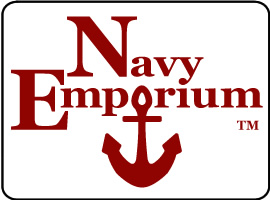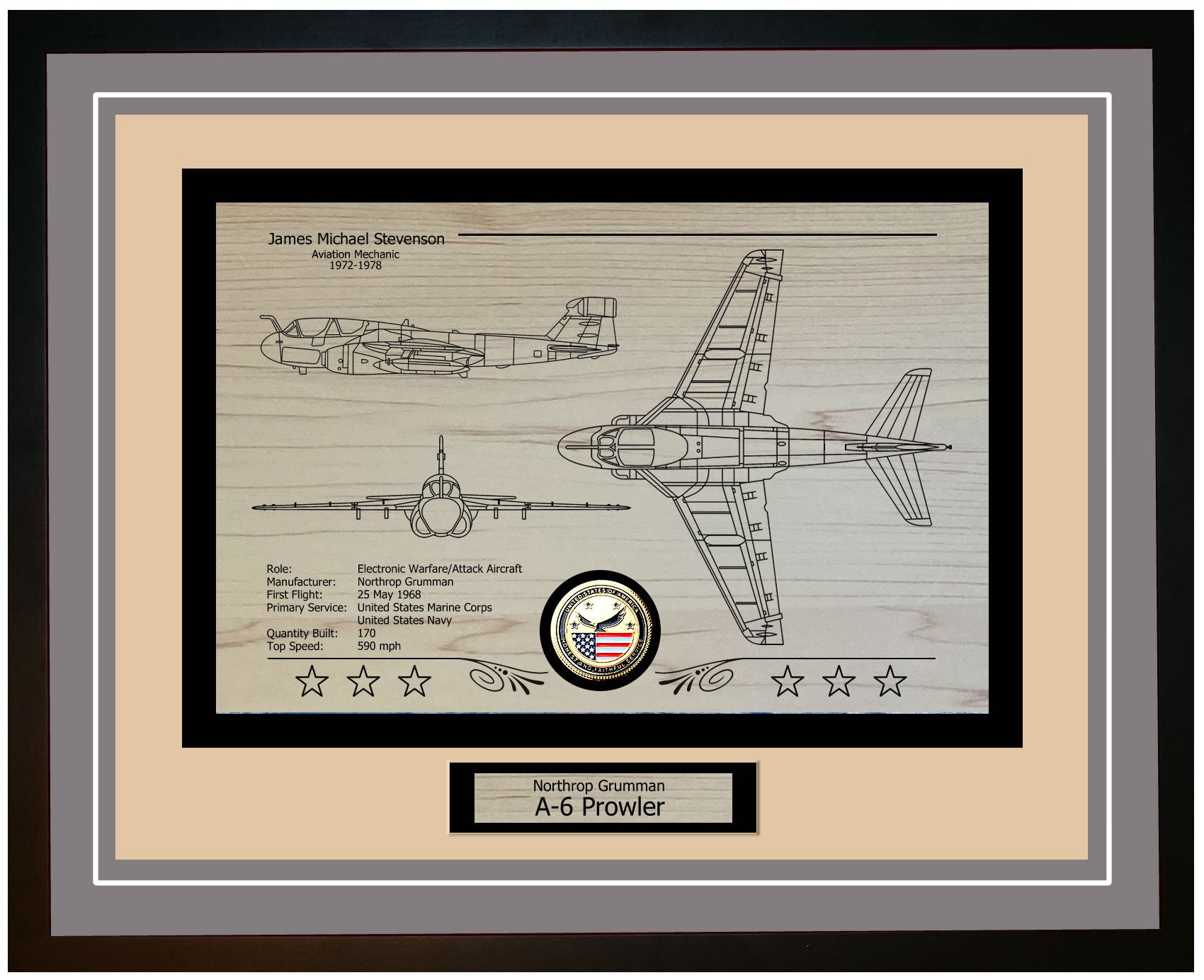The USS Arcturus (AF 52), a vessel from the Arcturus class of stores ships, was built by the North Carolina Shipbuilding Company in Wilmington, North Carolina, and launched on December 31, 1944. It was named after the star Arcturus, known for its prominence in the night sky and located in the Boötes constellation. A notable characteristic of the USS Arcturus (AF 52) was its capability to transport and provide supplies to ships at sea. Serving as a stores ship during World War II, the Arcturus played a crucial role in supplying essential provisions such as food, ammunition, and fuel to support U.S. Navy operations. This contribution enabled the Navy to maintain its presence and effectiveness across various theaters.
The impact of the USS Arcturus (AF 52) on the U.S. Navy is significant due to its versatile service history. Following World War II, it continued its support role during both the Korean War and the Vietnam War. After more than 25 years of service spanning multiple conflicts, the vessel was eventually decommissioned in 1970. The USS Arcturus (AF 52) was part of the Arcturus class supply ships, specifically designed to support the fleet. These vessels were equipped with refrigerated storage areas, fuel tanks, and other amenities to transport a variety of supplies to ships at sea. The Arcturus class ships were instrumental in enabling the Navy to sustain its operations in challenging environments.
The commissioning of the USS Arcturus (AF 52) marked the beginning of its service in the U.S. Navy. It officially entered duty on December 31, 1944, and was assigned to the Pacific Fleet during World War II. Throughout its history, the Arcturus participated in missions and operations, establishing itself as a dependable and efficient supply ship that could be relied upon to deliver supplies in any circumstances.
The Mighty USS Arcturus AF-52: A Closer Look at the Navy's Advanced Supply Ship
The USS Arcturus (AF 52) served as a combat stores ship of the Mars class in the United States Navy. It was uniquely structured to store and transport the supplies and equipment needed for operations. The ship had storage spaces for essentials such as food, ammunition, and spare parts, along with a flight deck for helicopter operations to facilitate quick supply transfers between ships and land.
In terms of technology, the USS Arcturus (AF 52) was equipped with navigation and communication systems to ensure effective operations at sea. It also featured radar and sonar systems for detecting threats in the waters. The ship was prepared with firefighting and damage control gear to handle emergencies and safeguard both crew members and cargo.
For defense, the USS Arcturus (AF 52) was armed with weaponry including aircraft guns, missile systems, and electronic warfare capabilities to protect against air and missile attacks while disrupting enemy communications and targeting systems. The crew engaged in training exercises to ensure they were ready to maintain the ship's weapons and equipment.
Overall, the USS Arcturus (AF 52) was a well-supplied combat support vessel that played a crucial role in aiding naval activities worldwide. Its design, technology, weaponry, and armament were all crafted to guarantee the crew's safety and efficiency, enabling them to deliver provisions to the fleet effectively.
USS Arcturus AF-52 Crew Member Reports of Time Aboard
The USS Arcturus (AF-52) holds a special place in the hearts of its former crew members, as evidenced by the memories shared in its guestbook. These recollections span various years and roles, painting a vivid picture of life aboard the ship.
Stan Bernal, who served as a SN3 in 1970, fondly recalls his time on the Arcturus, highlighting the camaraderie and the great stories that emerged from his service. Now retired and living in San Antonio, Texas, Stan remains open to reconnecting with old shipmates.
Jerry Bradley, an EM3 in 1964, worked in the refrigeration division and took care of the small boats and the captain's gig. His service was extended by four months due to the Vietnam War. Jerry reminisces about the extensive experiences, the adventures, and the camaraderie that involved a fair amount of drinking.
William Daugherty, who served as a SA in 1972, reported on board just as the ship was deploying to the Mediterranean. He recalls stops in Rota, Malaga, and Barcelona in Spain, as well as Cannes in France and Naples in Italy. A significant memory for him was the fire on the USS Forrestal upon their return from the Mediterranean.
Dennis Fobes, an E4 in 1967, remembers serving with shipmates like Condlin, McNeeley, Tapia, Gill, Snyder, Strez, and Nason. He attended the first reunion and had a great time, expressing a desire to reconnect with anyone who remembers him.
Braxton Garriss, a LT. JG in 1965, cherishes the memories of his tours and enjoyed attending a reunion a few years ago. He remains open to hearing from anyone who served during his time.
Louis Hernandez, who served as a PC2 in 1968, came aboard after making PC3 and was promoted to PC2 in 1969. He received orders to CicClantFltHqs and recalls making several Mediterranean cruises and one to St. Thomas.
Archibald MacLeod, a QM3 from 1971 until the refrigeration failed in 1973, enjoyed his time as a quartermaster, seeing the world and serving his country.
Bob Mazur, an RM3 in 1971, made three Mediterranean cruises in May 1971, March 1972, and May 1972. He was scheduled for a fourth cruise, which was canceled due to the ship's decommissioning. Bob fondly remembers the great times he had during leave in Europe.
Dennis Mount, an MM3 in 1965, reflects on his time aboard the Arcturus as a period of learning about his country and life. It was his first time at sea, which sparked a lifelong love for sailing and motor boating. He also made lasting friendships and recently took his wife on a trip to the Mediterranean.
John Preston, who served as a SN in 1966, recalls the Arcturus as his first duty station. He was assigned to the deck force and made friends with shipmates like Roger and Mac. He worked under Asbury, whom he describes as a tough cookie.
Wilburn Van Dyke, a CWO3 in 1967, served during the commands of Capt. Bill Chairs and Capt. Dressel. Although he can't remember the exact dates of his service, his memories of the ship remain vivid.
These shared memories highlight the diverse experiences and strong bonds formed aboard the USS Arcturus (AF-52), reflecting a time of adventure, learning, and camaraderie that left a lasting impact on its crew members.
USS Arcturus AF-52: Evolution of a Naval Workhorse and Its Enduring Legacy
The USS Arcturus (AF 52) had the capability to carry out replenishments, allowing it to transfer supplies to ships while at sea. This feature proved valuable during deployments, offering a strategic advantage by enabling resupply without the need to return to port. The Arcturus played a significant role in the fleet beyond its primary duties. Operating in various theaters, the ship established a dependable supply chain that supported a wide array of naval missions, ranging from routine patrols to combat engagements.
Throughout the Cold War era, the Arcturus was crucial in sustaining the U.S. Navy's deployed forces, ensuring they were well-equipped and prepared for potential threats. Its ability to navigate harsh environments—ranging from North Atlantic waters to tropical Pacific climates—showcased its adaptability and durability. In addition to transporting food supplies, the Arcturus also carried equipment, spare parts, and other essential items, solidifying its role as a logistical hub.
In essence, the USS Arcturus (AF 52) was a vital component of the U.S. Navy's infrastructure. Its ongoing enhancements, versatile mission capabilities, and substantial contributions to fleet operations made it indispensable. The ship's cutting-edge refrigeration and communication systems, along with its ability to conduct replenishments at sea, played a key role in keeping forces ready for action.
During its service, the Arcturus ensured that deployed units were well-equipped for missions, ultimately boosting the U.S. Navy's effectiveness and reach. The legacy of the USS Arcturus highlights the importance of support in naval operations and underscores the lasting significance of reliable and versatile supply ships.
USS Arcturus AF-52: A Beacon of Valor in the High Seas
The USS Arcturus (AF 52) played a crucial role in supporting the United States Navy, especially during the Cold War. Serving as a stores ship, its main duty was to transport supplies such as food, refrigerated items, and other necessities to naval vessels and shore stations. The Arcturus undertook missions worldwide to ensure that the naval fleet had everything it needed to function smoothly. Its deployments often included trips to regions like the Mediterranean, North Atlantic, and Caribbean, where it supported operations and critical tasks.
During the Cuban Missile Crisis in 1962, the USS Arcturus was instrumental in maintaining readiness. As tensions heightened, having a stocked fleet became essential. The Arcturus's ability to carry large quantities of non-perishable goods ensured that the blockading ships had sufficient supplies for their operations. Although its contributions may not have been as visible as those of combat ships, its role was vital in implementing the blockade that helped de-escalate the crisis.
Beyond the Cuban Missile Crisis, the USS Arcturus also supported various NATO exercises and operations. These activities demonstrated the allied forces' strength and preparedness. The Arcturus's logistical support capabilities highlighted the importance of supply ships in ensuring fleet effectiveness. By participating in these exercises, it showcased its abilities while fostering stronger ties between the United States and its NATO partners.
The outstanding service of the USS Arcturus did not go unnoticed. Over her career, she received several awards and commendations that recognized her impact on the Navy's mission. Among these accolades were the Navy Unit Commendation and the National Defense Service Medal, which acknowledged the work and dedication of her crew in fulfilling vital roles within Navy logistics.
The legacy of the USS Arcturus (AF 52) is marked by unwavering support and dedication to fleet operations—a legacy cherished by those who served aboard her.
USS Arcturus AF-52 Ship Specifications
| Specification | Details |
|---|---|
| Class | Alstede Class Stores Ship |
| Commissioned | November 18, 1961 |
| Displacement | 15,500 tons |
| Length | 459.2 feet |
| Beam | 63 feet |
| Draft | 28 feet |
| Speed | 16 knots |
| Complement | 292 |






